Australian Sports Market: The Land from Down Under Won't Stay Under!
•Posted on June 05 2017


When it comes to sports and sportswear, the land from down under wouldn’t stay down for long. The Australian athleisure market has seen significant growth not only in the number of sports competitions in the country but also noted a uniformly stable development in the encouragement of the same. This precisely reveals the status in the sales of the sportswear, which is recorded to have boosted at a healthy rate in Australia.

Although the Australian athleisure sector witnessed a breakdown in the past years, the market is anticipated to come out of the same as the overall apparel market is expected to observe healthy growth rates in the coming years. The general healthy progress of the Australian economy will help the sportswear market to perceive progress in the coming years.
The total market for sports apparel is estimated at US$1.869 million with expected yearly growth for the sector projected at 1.5 percent for the period 2005 – 2006. Customarily, formal and working fashion trends are sourced from Europe, and leisure and sports apparel from the U.S., and appear here at the same time. Moreover, China is Australia’s largest supplier of apparel, followed by Italy, Hong Kong and New Zealand. China and Italy remain the primary origins of imported apparel, however the gap between China and Italy is significant. While Italy, Hong Kong and New Zealand are exporters of apparel, the Chinese have a 73% import share, holding an beating level over Italy, with a share of just 4%.

The Australian market for sports apparel has experienced rapid growth over the last two years due to the increased desire for participation in sports and fitness activities among the masses. The revenue of the athletic apparel industry in Australia has grown at a CAGR of grew by 8.3% from 2006-2012. The revenue inclined from 2006 to 2012.
The geographic spread of the industry is closely associated with population and income distribution, and overall economic action. As a result, the industry is heavily focused across the eastern seaboard states. New South Wales, Queensland and Victoria account for approximately 76.8% of industry establishments, and 77% of the population. Per capita spending on fitness and athletic clothing and footwear is higher in urban areas due to the higher average incomes in major cities.

On the other hand, less densely populated areas such as Tasmania, the Northern Territory and the Australian Capital Territory account for a combined 4.5% of sportswear stores and less than 5% of the population.
In conclusion, the athleisure apparel market in Australia is well developed, with consumers well-informed, discerning and selective. Opportunities for U.S. firms are likely to be in niche markets for brand name products and upper/ mid range to high-end fashion.
More Posts
-
Leg Day Exercise to...
Your legs are more often than not, the most neglected part of your workout routine. Leg exercises are more complex than any other, so sometimes it ...
Read More -
ABS Exercises for T...
For the longest time, I thought that the one-way ticket to amazing abs is by doing crunches. Boy, was I in for a rude awakening. Reading health and...
Read More -
Australian Sports M...
When it comes to sports and sportswear, the land from down under wouldn’t stay down for long. The Australian athleisure market has seen significa...
Read More

